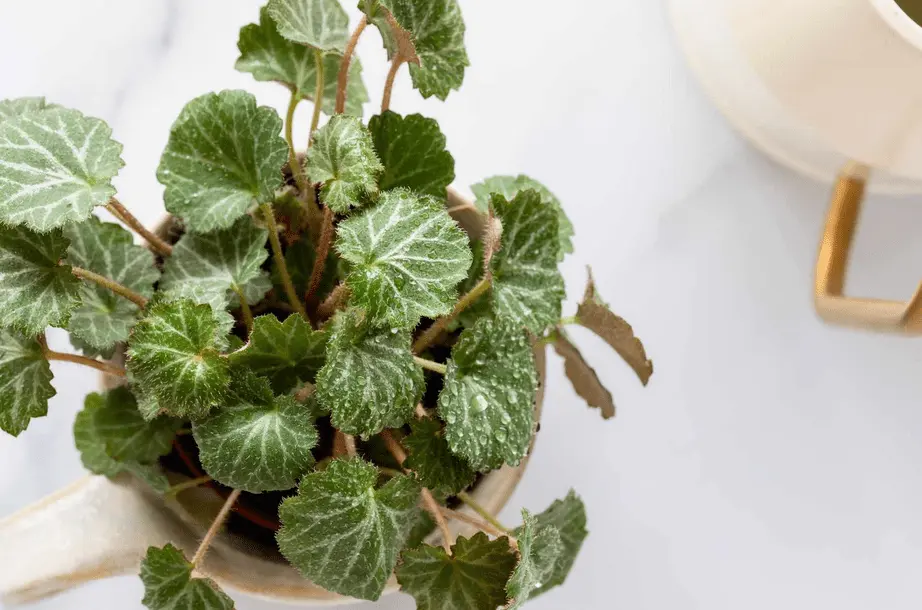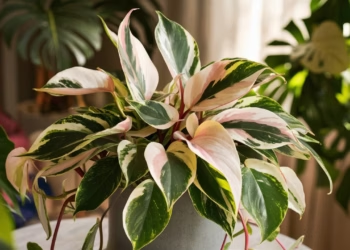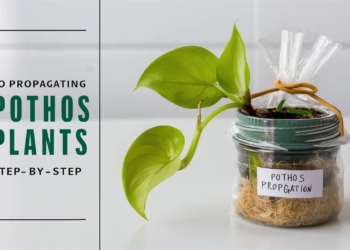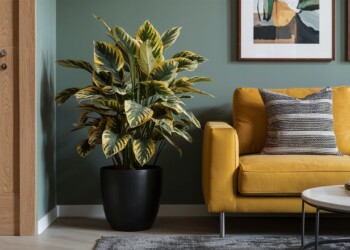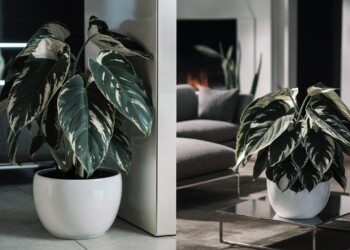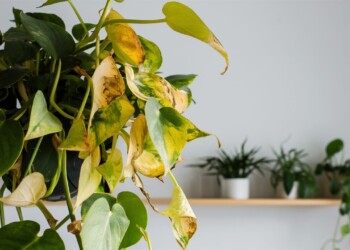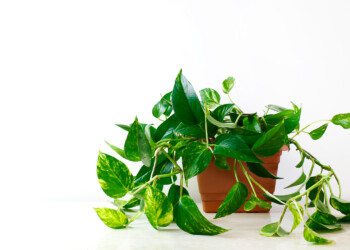Welcome to the ultimate guide on begonia care indoor – Guide Care 101! Are you ready to dive into the vibrant world of indoor gardening and master the art of nurturing these stunning beauties? Whether you’re a seasoned plant parent or just starting your green-thumb journey, this comprehensive guide has got you covered. From choosing the perfect spot for your begonias to troubleshooting common issues, we’ll walk you through everything you need to know to ensure your begonias thrive in their indoor habitat!
Selecting Begonia Cultivars for Indoor Display
- Begonia rex: Notable for its large, metallic green leaves with silvery zones, often cultivated for its ornamental foliage.
- Begonia ‘Lucerna’: A robust cane-stemmed variety with olive-green leaves speckled with silver, adorned with pink flowers.
- Begonia ‘Tiger Paws’: A rhizomatous begonia prized for its rounded, lobed leaves with distinctive markings and delicate pink flowers.
Selecting the Perfect Begonia
So, you’ve decided to add a touch of elegance to your indoor space with begonias? Fantastic choice! Before you rush off to the nearest nursery, let’s take a moment to explore the different types of begonias available and how to choose the perfect one for your home.
- Consider Your Space: Take stock of your indoor environment. Is it well-lit with plenty of natural sunlight, or does it lean towards the shady side? Different begonia varieties have varying light requirements, so it’s essential to match them with the conditions in your home.
- Explore Begonia Varieties: From the classic Rex begonias with their striking foliage to the delicate Angel Wing begonias adorned with clusters of flowers, the world of begonias is vast and diverse. Do some research to find a variety that not only suits your space but also captures your heart!
- Check for Signs of Health: When selecting begonias from a nursery or garden center, be sure to inspect the plants for signs of pests or disease. Healthy begonias should have lush foliage, firm stems, and no evidence of yellowing or wilting leaves.
Creating the Perfect Environment
Now that you’ve chosen the perfect begonia for your indoor oasis, it’s time to create an environment where it can truly thrive! Paying attention to factors like lighting, temperature, and humidity will ensure your begonia feels right at home.
- Lighting Requirements: Most begonias prefer bright, indirect light. Place your begonia near a window where it can receive plenty of filtered sunlight throughout the day. Avoid exposing it to direct sunlight, as this can scorch its delicate leaves.
- Temperature and Humidity: Begonias are tropical plants that thrive in warm, humid environments. Aim to keep your indoor space consistently between 65°F to 75°F (18°C to 24°C) and provide gentle airflow to prevent stagnant air around the plant.
- Potting Medium: Opt for a well-draining potting mix that retains moisture without becoming waterlogged. A mixture of peat moss, perlite, and compost works well for most begonia varieties.
Watering and Feeding
Proper watering and feeding are crucial aspects of begonia care indoor . Follow these tips to keep your begonias hydrated and nourished:
- Watering Frequency: Allow the top inch of soil to dry out before watering your begonia thoroughly. Avoid overwatering, as this can lead to root rot. Always water at the base of the plant to prevent water from sitting on the leaves, which can cause fungal diseases.
- Feeding Schedule: During the growing season (spring and summer), feed your begonia with a balanced liquid fertilizer every two to four weeks. Dilute the fertilizer to half-strength to prevent burning the plant’s roots.
- Winter Dormancy: In the winter months, when begonias enter a period of dormancy, reduce watering and cease fertilization. This allows the plant to rest and conserve energy for the next growing season.
Common Issues and Troubleshooting
Even the most seasoned plant parents encounter challenges from time to time. Here are some common issues you may encounter with your begonias and how to address them:
Leaf Issues
- Brown Edges: Indicative of low humidity or excessively high temperatures.
- Leaf Drop: Caused by factors such as overwatering, underwatering, or insufficient light.
- Yellowing Leaves: Could result from inadequate light or watering issues.
Flower Problems
- Bud Drop: Often linked to dry air or inadequate watering practices.
Pest and Disease Management
- Pests: Watch out for aphids, red spider mites, and powdery mildew infestations.
- Diseases: Proper ventilation and hygiene practices can mitigate common diseases like mildew.
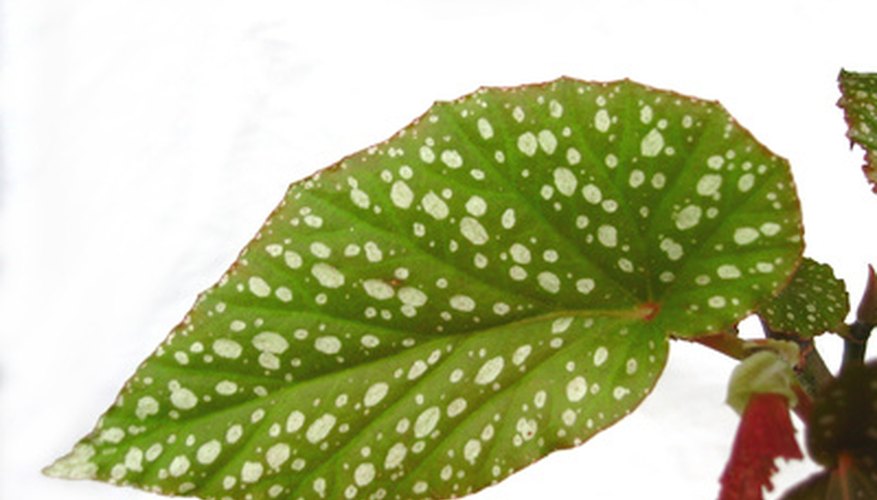
Congratulations on becoming a bona fide begonia whisperer! With the knowledge gained from this guide, you’re well-equipped to provide top-notch care for your indoor begonias and watch them flourish in your home. Remember to tailor your care routine to the specific needs of your begonia variety and don’t hesitate to reach out to fellow plant enthusiasts or gardening professionals if you ever need additional guidance. Happy gardening!
FAQs
How do you keep begonias alive indoors?
To keep begonias alive indoors, provide them with bright, indirect light, consistent moisture, and well-draining soil. Avoid overwatering by allowing the top inch of soil to dry out between waterings. Maintain a humidity level of around 50-60% by misting the leaves or using a humidifier. Keep indoor temperatures between 65-75°F (18-24°C) and avoid placing begonias near drafty areas or heat vents.
How much light do begonias need indoors?
Begonias generally prefer bright, indirect light indoors. Cane begonias can tolerate slightly brighter conditions, while rhizomatous and rex begonias prefer more shade. If the leaves appear scorched, it’s an indication that the plant is receiving too much direct sunlight, so it’s best to move it to a slightly shadier spot.
Do begonias need sun or shade?
Begonias prefer growing in the shade rather than direct sunlight. While some varieties can tolerate partial sun, they generally thrive in dappled or partial shade outdoors to prevent their foliage from burning. It’s best to avoid south-facing spots with direct sunlight, especially during the hottest parts of the day.
Are begonias OK in full sun?
Begonias are not typically suited for full sun conditions, as their foliage can burn when exposed to direct sunlight for extended periods. While some varieties may tolerate partial sun, it’s generally best to grow begonias in dappled or partial shade outdoors to maintain their health and prevent leaf damage.
How often should I water my indoor begonia?
Water your indoor begonia when the top inch of soil feels dry to the touch. Typically, this translates to watering once or twice a week, depending on factors such as temperature, humidity, and the specific needs of your plant. Avoid overwatering, as begonias are susceptible to root rot, and ensure that excess water can drain freely from the pot to prevent waterlogged soil.
